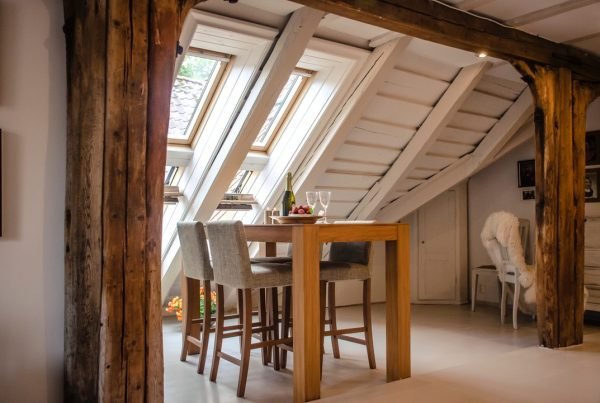Some interesting ways of building homes over the years have included products such as Hemp.
It has apparently been used globally as a natural building product for thousands of years.
Recently a Western Australian couple hand built their three-bedroom home on a five-acre bush block in Kronkup, 30 kilometres west of Albany.
Hemp as a plant product is relatively uncommon in Australia, yet it is known as an amazing insulator.
It is also known to be fireproof, termite proof, and gets stronger as it ages.
It also absorbs water vapour so reduces incidences of mould or dampness. Read more the report here
If you are building a new home then choosing the exterior material of your new home will probably depend on your personal priorities.
There are some factors to consider.
For instance, visual appearance and ease of maintenance. Perhaps the use of natural materials and the material’s suitability for thermal mass for heat storage?
Once you have found a suitable site, the site and climate that you live in will dictate the house design and probably influence your choice of the best option for a long lasting, strong exterior.
There are many options available and in different climates and countries, there are houses built out of many types of cladding.
Factors to consider
Durability and efficiency
If your building structure is durable, then it should last longer. Thus, it won’t need to be replaced as often, which benefits both your pocket and the environment.
Naturally, all materials need maintenance and will eventually reach the end of their life. Some materials may need to be treated in some way to improve long-term durability.
Timbers such as macrocarpa, or larch, can be used untreated as framing in specific areas where there is no risk of moisture.
However it is always advisable to check the potential toxicity, durability, maintenance and disposal requirements of the materials you are planning to use.
Maintenance
When you’re choosing building materials, it would be wise to consider any treatments, finishes and coatings that you might need for protection against moisture, decay and/or insects.
Sustainability
If you choose locally sourced materials it is best to find out how the product is made and how it performs in local conditions. There will also be less cost associated with transport costs.
Imported materials can be harder to assess for environmental compliance, yet some imported materials can have a higher recycled content and better functionality than locally sourced ones.
Tips
Search the manufacturers’ websites for information on each material and look out for things like EPD’s ( environmental product declarations)
Other helpful information on standards is valuable ( For example:- SO 14001 or Enviro-Mark and systems like Zero Waste, EBEX 21, and The Natural Step).
So whatever you choose, thinking about the long term factors that will affect the life of your new home is pretty important don’t you think?
©2021 e-propertymatters.com| women-in-realestate.com| Author| Kathryn




